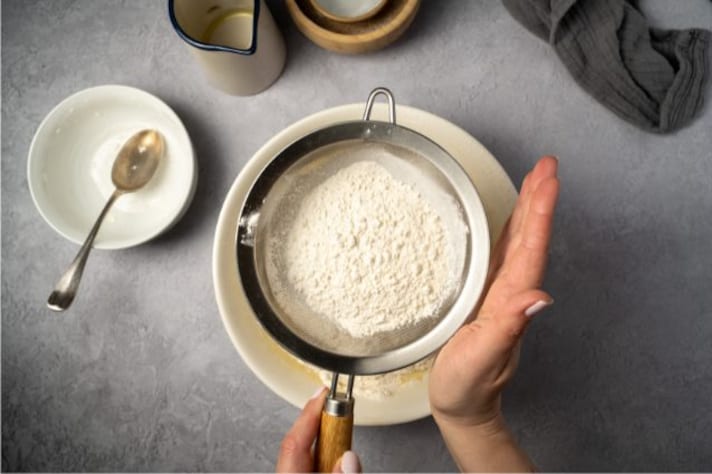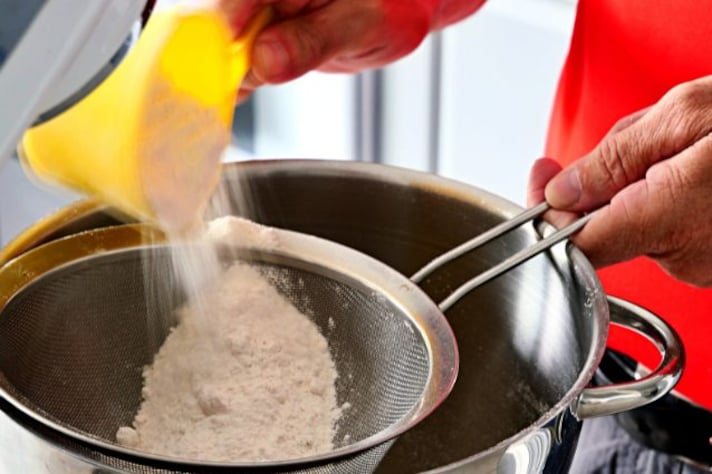
Flour sifters are ingenious kitchen tools invented to ensure lump-free batters when dealing with dry ingredients like flour, baking powder, and cocoa. They also come in handy for straining sauces or juices to leave behind unwanted chunks. However, there’s a common piece of advice floating around: never wash your sifter to avoid the flour solidifying and blocking the tiny holes. So, how exactly should you clean it? We're here to explain the best methods.
A Step-by-Step Method to Clean a Flour Sifter
To start, let's tackle the basic cleaning process. After each use, tap your flour sifter gently over the sink or a trash can to dislodge any remaining flour. For the exterior, a simple wipe with a dry cloth should suffice to remove any residual dust or powder.
For the mesh strainer inside, use a dry pastry brush or a soft-bristled brush to gently remove any particles stuck in the mesh. Be thorough but gentle to avoid damaging the fine mesh. If you have a handheld vacuum with a brush attachment, this can also be a useful tool for sucking up any stubborn bits. For sifters with a rotating handle, ensure the gears and mechanisms are free from any trapped flour by gently tapping and brushing these areas as well.

How to Deal with a Clogged Strainer
Sometimes, despite your best efforts, the sifter can become clogged. In such cases, it's time for a more thorough cleaning. First, try using a toothpick or a fine needle to carefully poke out any stubborn bits lodged in the holes. A compressed air canister, the type used for cleaning keyboards, can also be effective for blowing out flour particles from the mesh.
If the clogging is severe, you might need to resort to washing. Contrary to popular belief, washing your sifter is possible if done correctly. Rinse it quickly under warm water and immediately dry it thoroughly. Use a hairdryer or place it in a warm oven for a few minutes to ensure all moisture evaporates, preventing rust or further clogging.

How to Clean a Greasy Strainer
If your sifter has been used for tasks that involve greasy ingredients, a more intensive cleaning is required. Start by disassembling any removable parts if possible. Create a mixture of warm water and a mild dish detergent. Dip a soft cloth or sponge in the soapy water and gently wipe the exterior and interior of the sifter.
For the mesh, avoid soaking it directly as this can lead to rusting. Instead, use a soapy brush to scrub the mesh gently. Rinse the sifter quickly under warm water and dry it immediately and thoroughly. As before, a hairdryer or a warm oven can be very effective in ensuring the sifter is completely dry and free from any greasy residue.
;Resize,width=767;)
